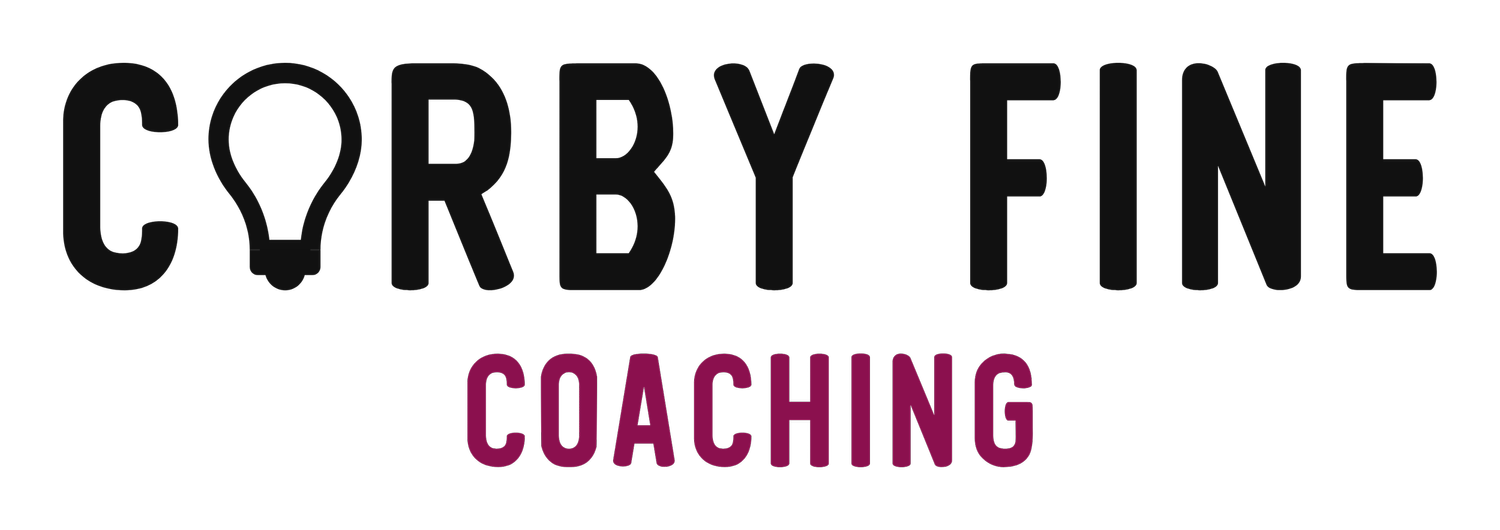Why bigger isn't always better: Understanding career aspirations and job satisfaction
Chasing that next big title or impressive role might seem like the path to career growth, but does it really lead to happiness at work? Let’s take a moment together to ask if climbing higher aligns with what truly matters to you. We’re diving into how redefining success in personal terms can lead to more rewarding growth and a balanced life. Join us as we look beyond traditional views and invite you to rediscover what career success means for you.
The Myth of Career Growth
Do we automatically grow our careers with bigger titles, or is there something more? Let’s challenge this idea and uncover what professional growth truly means.
Exploring Career Aspirations
Career aspirations reflect our personal values, passions, and dreams. Yet, societal norms often mold a narrow path to success. Studies uncover how many pursue prestigious titles without considering if they match their real dreams, leading to burnout. Reflect on what motivates you. Is it growth, impact, or balance? Identifying your sincere aspirations is key to meaningful growth.
The Significance of Professional Growth
Professional growth isn’t just about the ladder—it’s about regularly enhancing your skills, networks, and capabilities.
Real growth aligns with personal ambitions and industry trends, such as:
Gaining new skills with courses or certifications
Widening your network and fostering meaningful connections
Tackling projects that stretch your limits
Seeking mentorship for tailored advice
Professional growth is a journey of learning and adjusting, not just ticking off a certain title.
Unpacking Job Satisfaction
Job satisfaction is a blend of environment, personal growth, and alignment with values. Let’s see how balancing these can bring true career contentment.
Achieving Work-Life Balance
Work-life balance is a bedrock of job satisfaction, harmonizing your personal and professional worlds. Research indicates more balanced employees are happier and more productive. Balance varies for each of us—consider:
Flexible working hours
Time to disconnect
Personal interests and family time
Rest and relaxation opportunities
Bigger roles often add responsibilities that can shake this balance, so consider these alongside career moves.
Aligning Work with Values
Job satisfaction often hinges on work aligning with personal values. When work aligns with your core beliefs, it’s more than a paycheck—it’s fulfilling. Identify your key values, such as:
Integrity
Innovation
Social responsibility
Learning
Teamwork
Ensure your job aligns with these, as conflicts here can cause dissatisfaction, regardless of the job title or pay.
Rethinking Career Growth
Career growth isn’t always about moving up. Let’s explore different views on growth and success.
Assessing Long-Term Goals
Long-term goals offer direction and purpose. They guide your job and career choices. Look at your long-term goals and consider:
Where do you want to be in 5, 10, or 20 years?
What impact do you want to make?
How do your personal and career goals intersect?
Revisit these goals frequently as your life evolves. A “bigger” job may appeal now, but does it fit your long-term vision? Define success in your own terms, away from societal norms.
Embracing New Possibilities
Career paths are no longer one-way journeys. Today’s landscape opens up numerous growth avenues. Consider these paths:
Lateral moves for diverse experiences
Entrepreneurship or freelancing
Specializing in a niche
Cross-functional roles spanning departments
Each path offers unique learnings and personal growth. Choose one that suits your skills and long-term goals. Don’t shy from unconventional routes, sometimes the most rewarding steps are sideways, or even downward, for the right opportunities.
